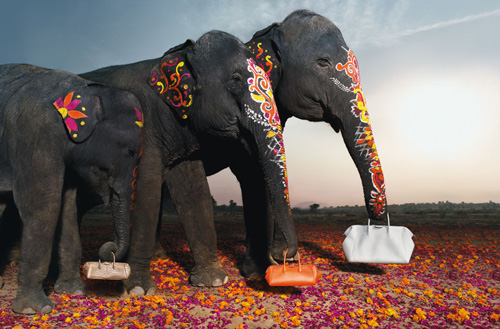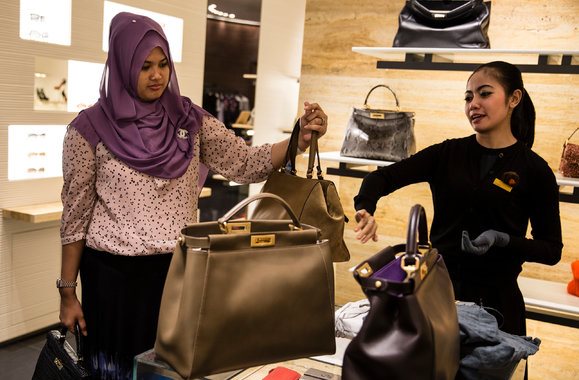What drives luxury shoppers in China and India across urban and semi-urban markets?
Luxury goods are not just about quality and craftsmanship. They are also about status, identity and social influence. But what motivates luxury consumers to buy expensive products in large emerging markets such as China and India? And how do these motivations vary across different urban and semi-urban segments of consumers within the same market? These [Read Story]








